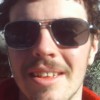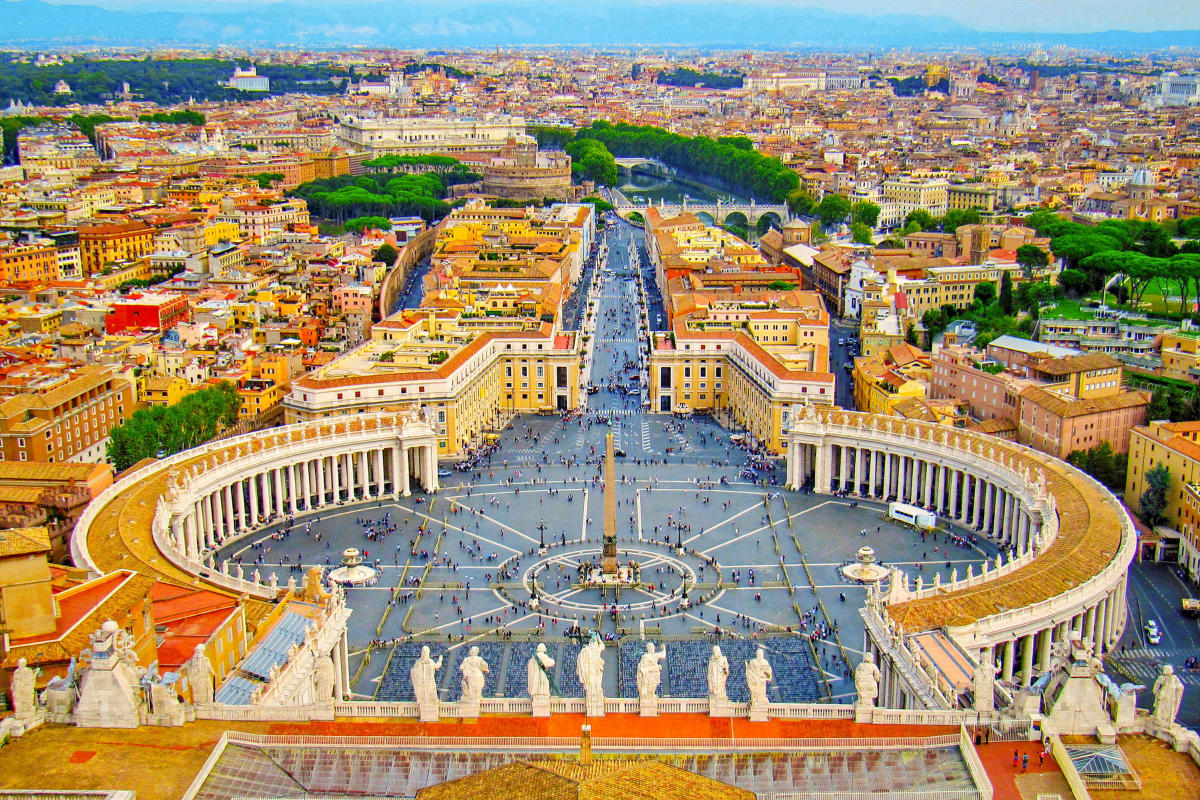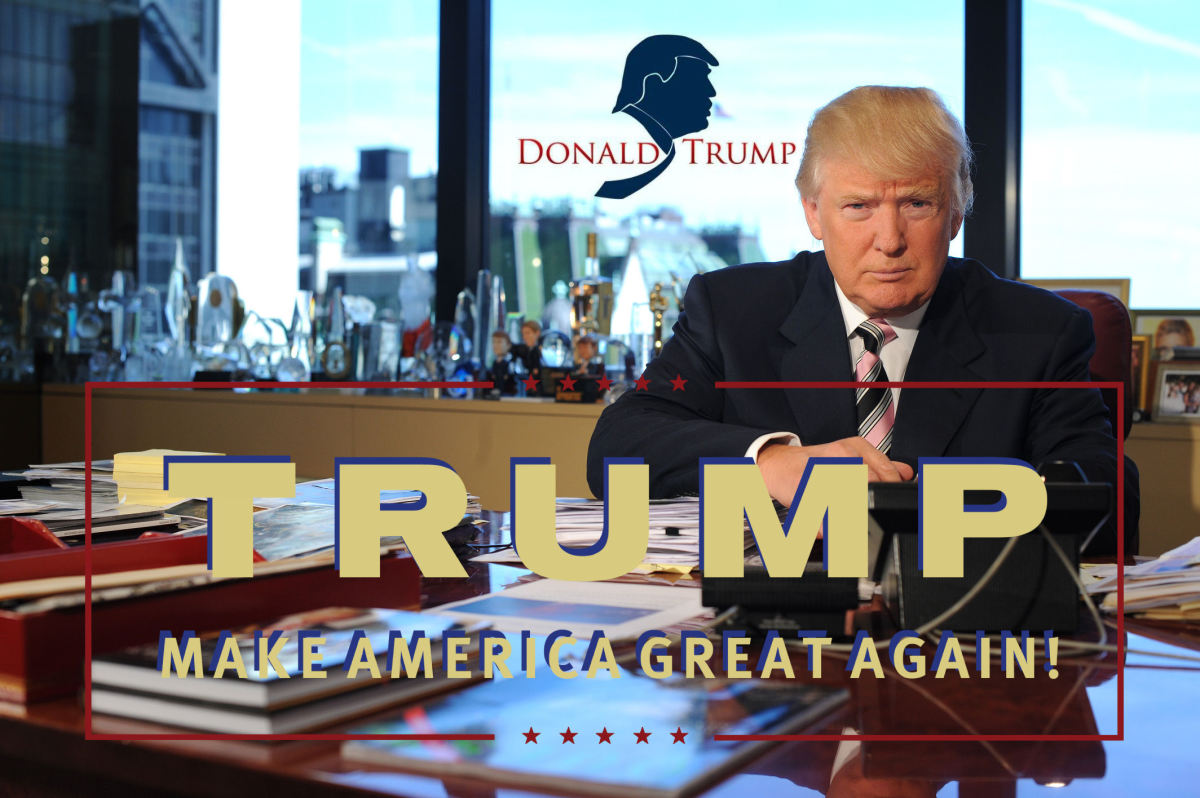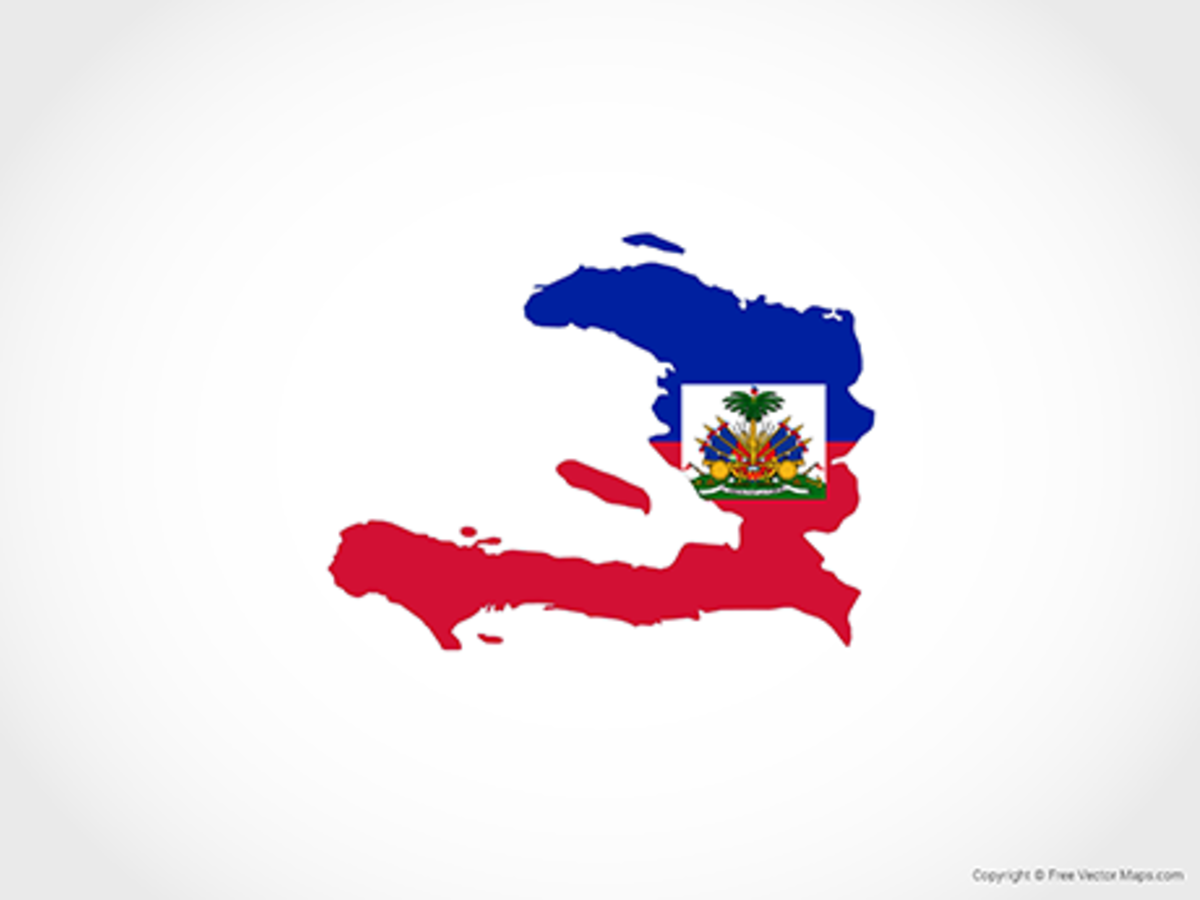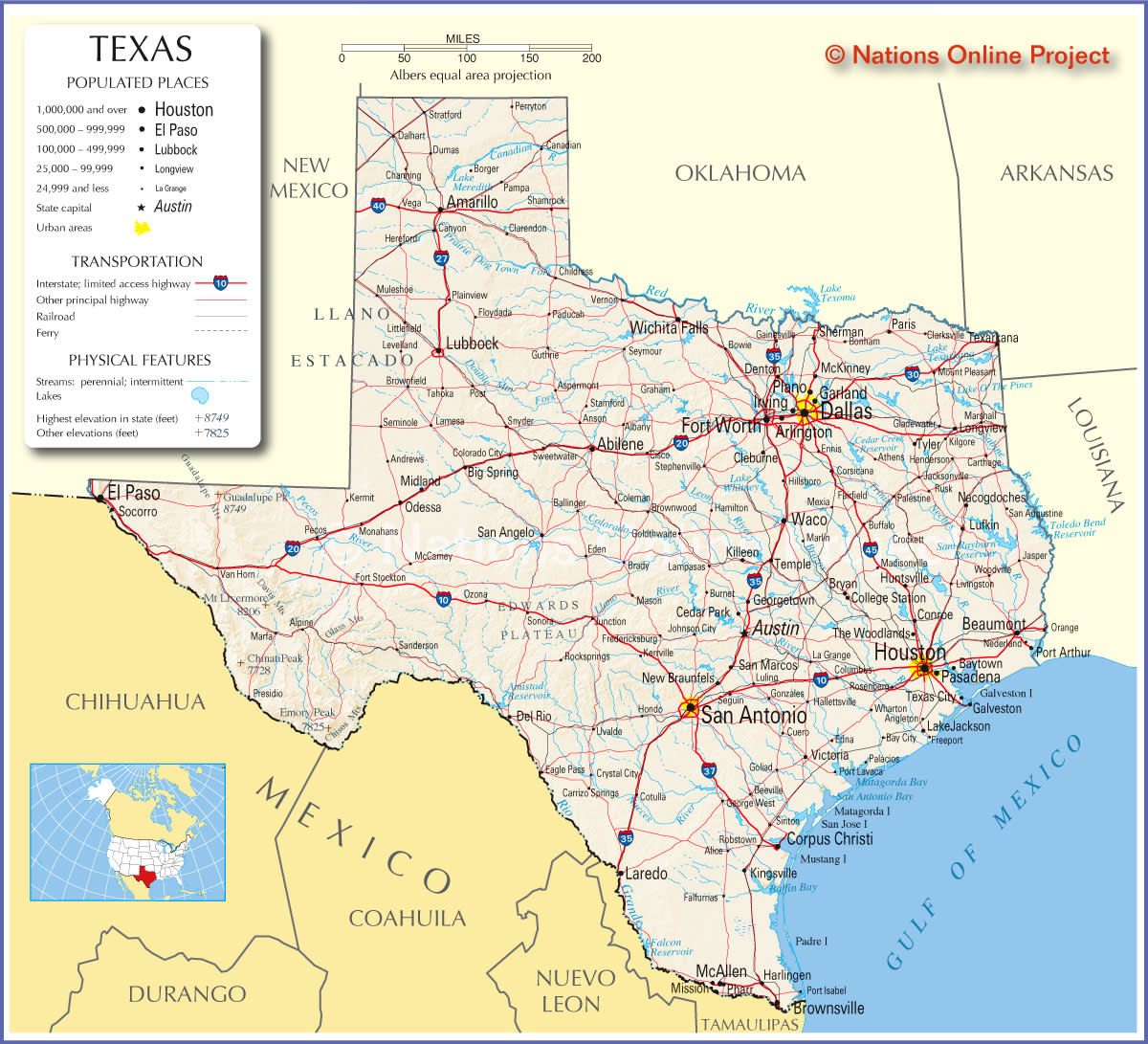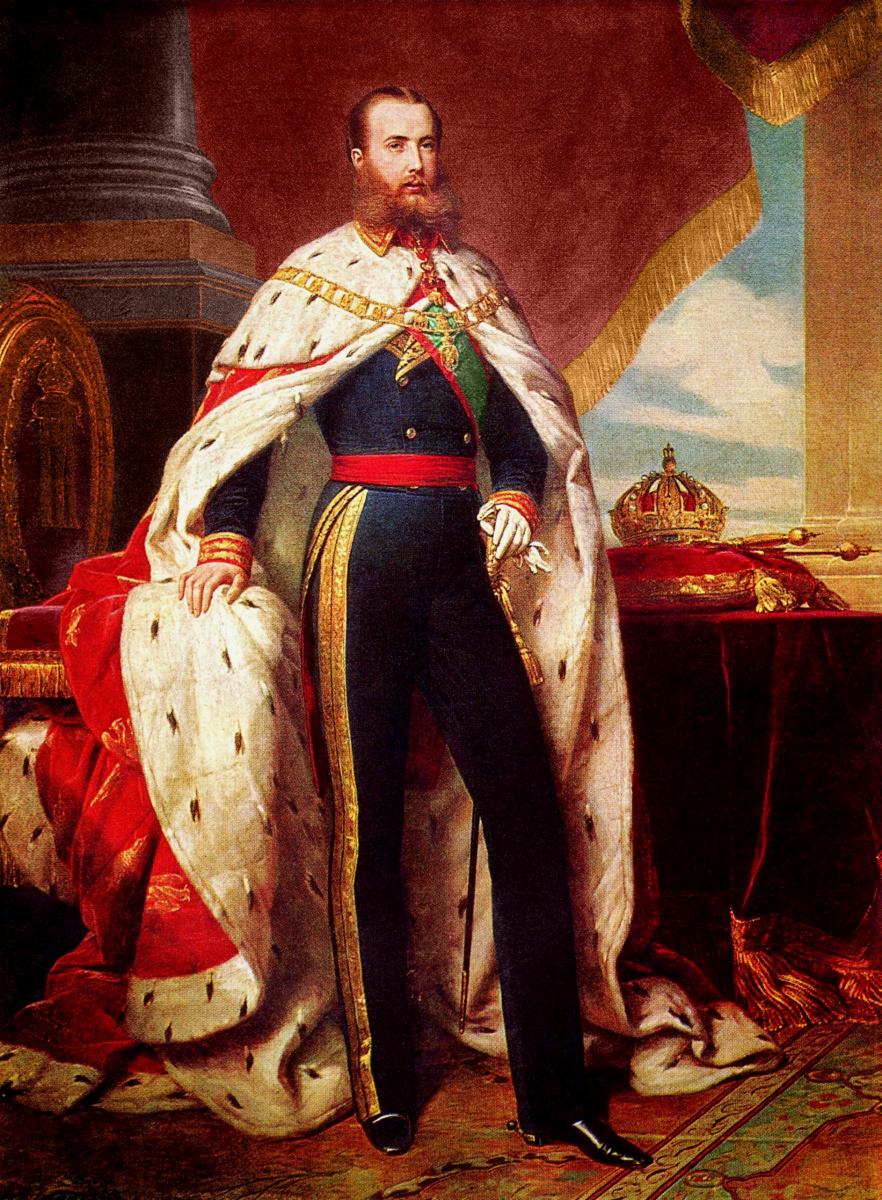- HubPages»
- Education and Science»
- History & Archaeology»
- History of the Americas
11 Facts about Nicaragua
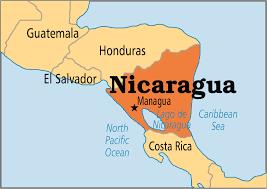
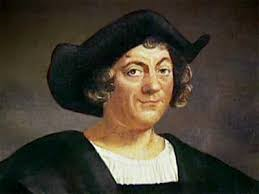
11 Christopher Columbus and Nicaragua
Long held as the first man who discovered America, a fact which has been disproved, Christopher Columbus also was involved with Nicaragua. Back in 1492 he famously went looking for a sailing route from Europe to Asia, believing the Earth to be round and that it would save time instead of laboriously sailing around the western coast of Africa. The rest is history. Yet very few people know that in 1502, Columbus, who was on his 4th and last voyage of the Americas sailed aside eastern Nicaragua, known as the Mosquito Coast. He was the first known European to do so. In Nicaragua Indigenous Resistance Day is celebrated in place of Columbus Day, the citizens look at the discovering of America as a tragedy since that marks the start of Europeans messing with their country and killing Nicaraguans.
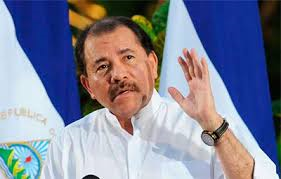
10 Daniel Ortega 16 Non-consecutive Years as President
Daniel Ortega was born on November 11, 1945. He was a member and leader of the Sandinista National Liberation Front (SNLF), he along with 4 other people were named Sandinista junta, or leaders. The SNLF won the civil war in 1979 defeating the Somoza dictatorship that had lasted for years. Ortega first became president of the Republic of Nicaragua in 1984 and remained in office until 1990. The presidency lasts for a term of 5 years in Nicaragua. Into the start of the new millennium Ortega remained a prominent figure in Nicaraguan politics, campaigning for presidency in 2001 but losing until finally he was inaugurated in 2007. After 5 months into his rule Ortega drew criticism for working with Hugo Chavez, Venezuela’s president. Yet there the upside to this was that Venezuela gave drastically reduced oil to Nicaragua who then sold the oil at full market value, the profits were used to help fight poverty. On 2009 Nicaragua’s constitution was changed so that Ortega could legally run again for president in 2011. To this day Ortega remains as Nicaragua’s president.
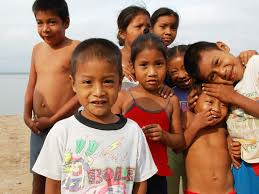
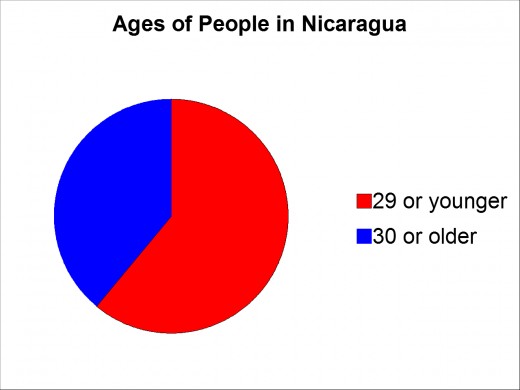
9 A "Young" Nation
Nicaragua is a very young country, not in the sense of it’s founding but in that it’s citizens are fairly young when compared to the rest of the world. An astounding 35% of the citizens of Nicaragua are under the age of 14 years old the average age of the 5 and a half million people who live there is just 21 years old. In 2014 nearly 61% of Nicaraguans were 29 years of age or younger. This may be one of the reasons that Nicaragua is one of the few countries in the world that let citizens vote at the age of 16. Young people also are involved directly within the government of Nicaragua. In 2016 UNICEF found that 41% of females were married by the age of 18. In Nicaragua people can legally start working at the age of 14, but in 2015 nearly 48% of kids 10-14 years old were working which is about 342,000 children. This all shows how the young ages of it’s citizens affect the culture of Nicaragua.
8 World's Only Lake With Freshwater Sharks
The only freshwater lake in the world that has (or had) sharks living in it is Lake Nicaragua found in Nicaragua. Lake Nicaragua covers roughly 400 square miles and has a maximum depth of 65 feet. It is believed that these sharks, which are all bull sharks, are all from the Caribbean sea and have swum up the San Juan river to reach Lake Nicaragua. This is due to the bull shark’s unique ability among sharks to breathe in oxygen from freshwater which evolved to greater efficiency over the generations until finally the sharks could breed and live in the lake full time. The first mentioning of these sharks were by a Spanish historian circa 1526 and 1536. After years of fishing for their fins few if any of Nicaragua’s bull sharks are still living in the San Juan River and Lake Nicaragua, the last reports of shark sightings were in 2000.
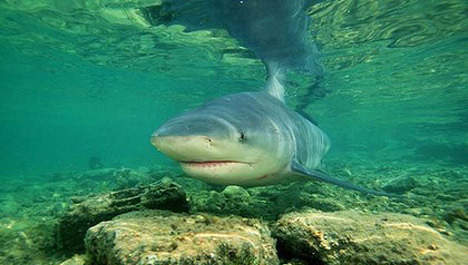
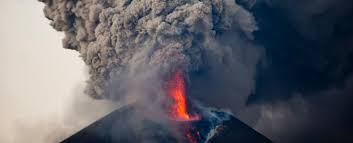
7 Only Dual Volcano and Other Unique Volcanoes
Nicaragua is commonly referred to as “the land of lakes and volcanoes” and that name is well deserved considering it has 19 volcanoes spread through out the nation. Masaya volcano in Nicaragua is one of only three in the world that have visible lakes of magma. The other two volcanoes in the world offering such magnificently rare views are Kilauea located in Hawaii and Nyiragongo located in the Democratic Republic of Congo. Located southwest of Nicaragua’s capital Managua as a result of the toxic gases that are emitted from the Masaya volcanic tourists permitted by the government could only stay a few minutes. Masaya volcano has last erupted in 1772, and the only other time it erupted was in 1670 but scientists predict it will erupt within the next 150 years. It also is exclusively home to the only volcano in the world with two different sources of magma, appropriately called Dual Volcano.
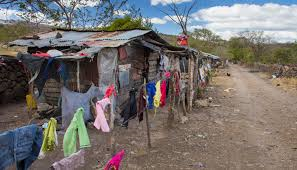
6 Poorest Country in Central America
Nicaragua is one of the poorest nation in all of the Americas, the vast majority of citizens, a startling 79% make due with just $2 daily. It is the second poorest Latin American nation, the only nation whose citizens are poorer is Haiti. An astonishing 68% of citizens of Nicaraguans live on just $1 per day. This very meager day’s pay is the lowest minimum wage found in all of North, Central and South America. The economy of Nicaragua is dependent upon agriculture, and that is where the vast majority of it’s citizens find employment. A major crop is yucca which a primary source of nourishment and income for many Nicaraguans. Many Nicaraguans rely upon relatives living in other countries and other nations for financial aide. Surprisingly the unemployment rate is only 12% for the whole country, but in rural areas it is about 20%. Nicaragua had the highest growth in their economy of all Central American countries in 2011 yet widespread poverty still plagues the nation to this day.
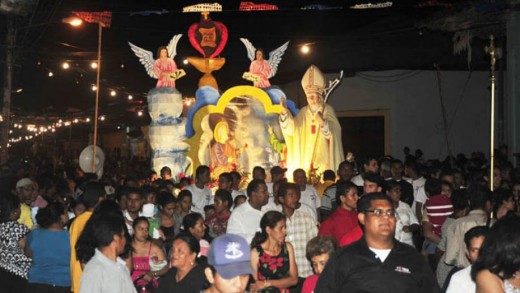
5 La Purísima
Most Nicaraguans, 80% of the them are Roman Catholics and most children of Nicaragua receive education mostly through going to church. Every year towns and cities in the country will honor their individual patron saints. As catholics they celebrate the Immaculate Conception, known locally as La Purísima, which is the most important holiday in Nicaragua celebrating the birth of the Virgin Mary. This is a 9 day event that has Nicaraguans erecting altars at the entryways in homes and creating floats for parades all across the nation. Neighbors will then go to these altars and receive candy and other gifts for singing songs. A feast is held on December 8, as part of the celebration. In the evening around 6 p.m. there are firecrackers that are shot off in accordance with the celebration.
4 Autonomous Regions
Nicaragua contains regions that have their own independent governments, the North Atlantic Autonomous Region abbreviated as R.A.A.N. and the South Atlantic Region abbreviated as R.A.A.S. which were established in 1987. Although is wasn’t until 1990 that elections were held to decide their respective leaders. Most of the native Nicaraguans, live in these autonomous regions. By all accounts living conditions in these autonomous regions are even worse than those of the rest of the country. A startling 90% of people living in the R.A.A.N. and R.A.A.S. have no job while only about 7% of the rest of the country are unemployed. Between 2% and 24% of citizens in the autonomous regions have water suitable for drinking compared with 60% to 70% of citizens elsewhere in Nicaragua. Fewer people can read in the Autonomous regions, their illiteracy rate is 43% as compared to 23% of citizens in the rest of Nicaragua. This is probably because there are as few as 200 schools in the autonomous regions while the part of the country under the jurisdiction of the Nicaraguan government have over 5,000 schools.
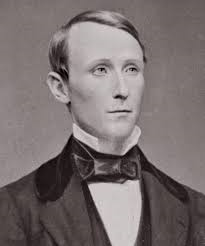
3 Nicaragua Had An American As President
Nicaragua had an American as president back in May 1856, a Tennessee man named William Walker who wanted to turn it’s citizens into slaves. He also wanted to have control over the goods that were traded through Nicaragua, and in doing so he made a powerful enemy in Cornelius Vanderbilt, a figure in international shipping. At the time in 1856 Nicaragua was going through a civil war centered around the cities Granada and León, the León group was losing and chose to cooperate with Walker’s men. After taking power Walker faked an election, claiming he was voted president and made slavery legal. After stopping Vanderbilt from shipping items via Nicaragua Vanderbilt used his wealth to finance an army to defeat Walker. Surrounding nations decided to fight alongside Vanderbilt, Costa Rica, Honduras, Guatamala an El Salvador all joined in because they believed Walker to be a threat to their own country’s government. On September 12, 1960 Walker was executed by Hondurans after launching another attack on most of Central America at the young age of 36 years old.
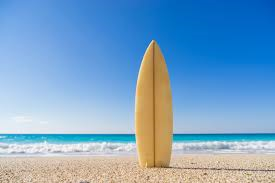
2 Surf's Up Dudes
Nicaragua is recognized as a top surfing destination in Central America as well as the rest of the world. There are plenty of surfing spots worth mentioning in Nicaragua, some of the more famous ones include: Playa Hermosa, San Juan Del Sur, Playa Remanso, Tamarindo, Playa Colorado, Astillero, Playa Santana, Playa Maderas, El Coco and Popoyo just to name a few. Surfing is less popular with tourists and locals on the eastern coast of Nicaragua that borders the Caribbean sea, this is because the ocean currents and wind are not optimal for surfing. The Pacific Ocean offers 217 miles of coastline bordering Nicaragua to the west, and the Caribbean Sea offers 279 miles of coastline in the east. The government of Nicaragua did not actively promote surfing in their country to tourists until the 1990s when the violent civil war plaguing the nation ended. June, July and August are when most tourists are surfing in Nicaragua, although tourists still surf from September into November and February to May. The worst months for surfing are December and January as that is when the waves are the wimpiest. The temperature of both the Atlantic and Pacific Oceans typically are 60 degrees Fahrenheit at its coldest.
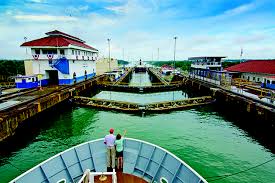
1 Nicaragua Canal?
Nicaragua was almost chosen over the country of Panama to create a canal for shipping traffic. A canal was proposed to be dug making use of existing bodies of water Lake Nicaragua and the San Juan River. By making use of these natural geographic features only 13 miles of terrain had to be excavated in order to connect the Atlantic Ocean to the Pacific Ocean. Sometime in the late 1800s Nicaragua had agreed to let the United States dig a canal across their nation, and back in 1875 a 100 man survey team from the U.S. proposed building a canal in the country, but no excavation was ever undertaken and the United states started building the Panama canal in 1903. In 1970 the topic of a canal connecting the 2 oceans was once again examined but it was too costly: if the canal was dug with the machinery available at the time it would have cost 11 billion dollars, if nuclear explosives were used it would cost 5 billion dollars and displace 600,000 Nicaraguans. In the end the canal in Panama was chosen because it needed only 10 miles of excavation, the Panama Canal cost over 350 million dollars and was completed in 1914.
